CEILING-MOUNTED TRACK SYSTEMS
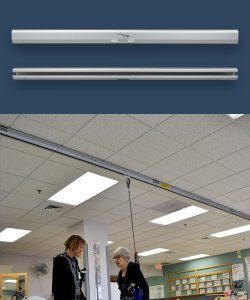


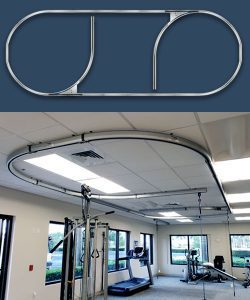
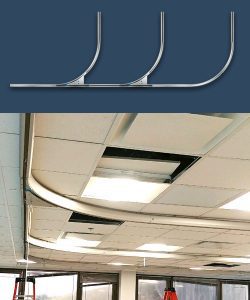


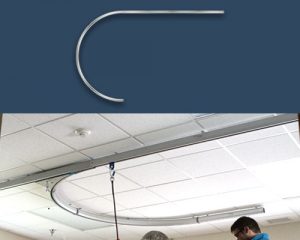
Solo-Step Customizable Ceiling-Mounted Track Systems
The Solo-Step Ceiling-Mounted Track System is our most popular facility option because of its versatility and ease of use. Solo-Step provides immediate fall protection safety without requiring additional floor space.
The Solo-Step Overhead Track System is made with aircraft-graded extruded aluminum. Solo-Step aluminum track has a high strength-to-weight ratio which is invaluable in its resistance to fatigue, holding up to 1000 lbs. per 7.5 ft. section.
The Ceiling-Mounted Track System has various design options, including:
- Straight
- J-shaped
- U-shaped
- Oval designs
- Completely custom shapes
Solo-Step Track can be installed in your current facility, or during new construction on virtually any type of ceiling regardless of height!
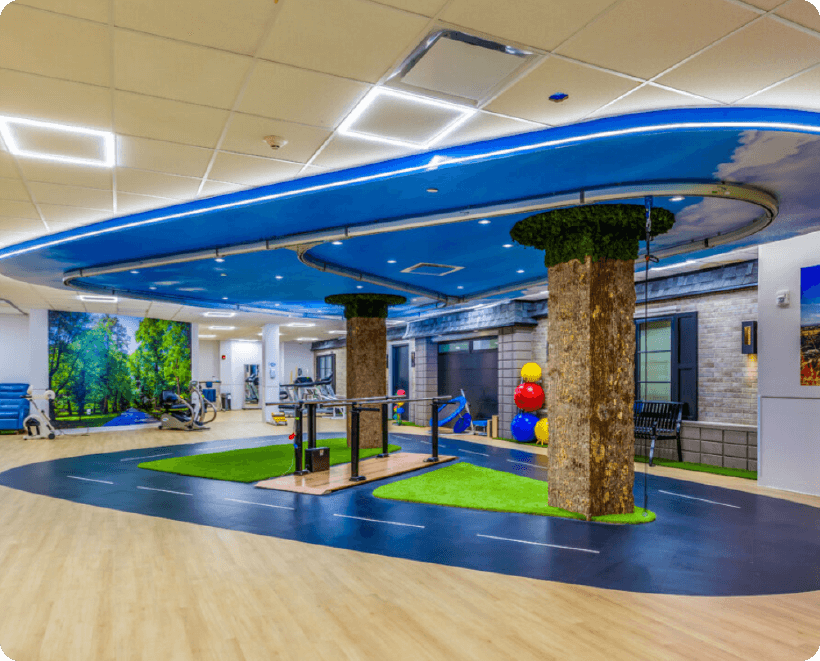
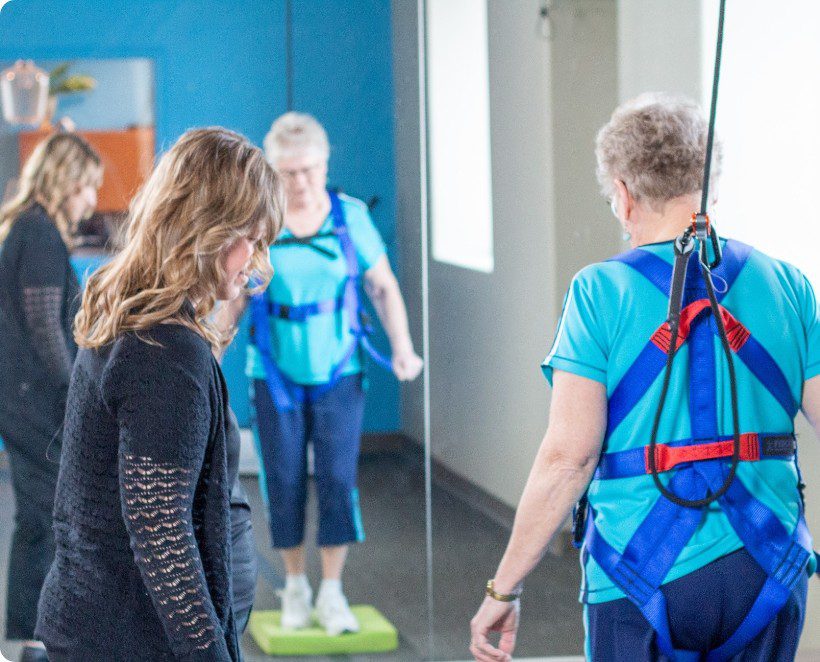
Ceiling-Mounted Track System Benefits
The Solo-Step Track System offers numerous benefits to both patients and therapists. While utilizing Solo-Step, your patients will:
- Increase confidence during therapy
- Reduce the fear of falling
- Improve therapy outcomes
- Be safe from fall-related injuries
Solo-Step helps therapists assist their patients safely during gait and balance training. Solo-Step:
- Prevents injuries & back strain
- Minimizes liability risks
- Reduces Worker’s Compensation Claims
find out if our ceiling-mounted track system is the best option for your facility
Easy to Use With Your Existing Equipment
The Solo-Step Ceiling Mounted Track System can be custom configured to your facility, complementing your existing equipment without utilizing floor space. Depending on your needs, the system can be used with a variety of other rehabilitation equipment such as:
- Treadmills
- Parallel bars
- Balance equipment
- Cones or other obstacles
- And more
This feature allows therapists to utilize their talent and imagination to create environments such as obstacle courses to challenge their patients to push through limitations with confidence.

Ceiling-Mounted Track System Examples
Ready to discuss
Ceiling-Mounted Track Systems?